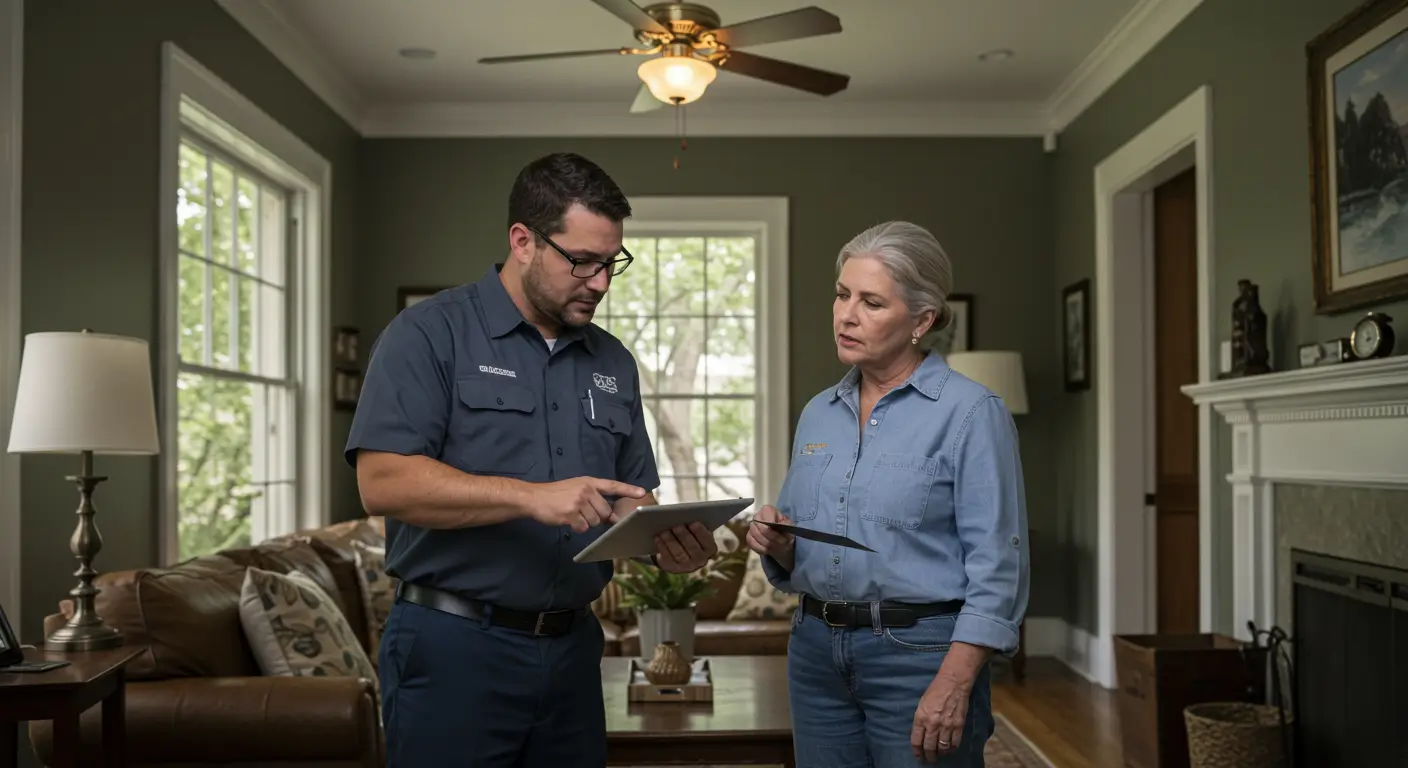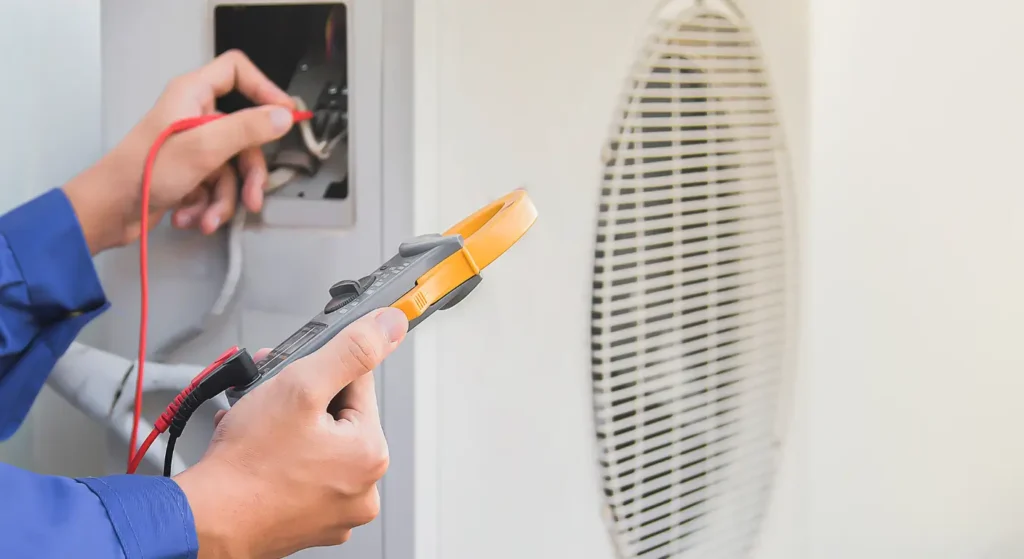Living in New Orleans means dealing with HVAC challenges that homeowners in other climates rarely face. From crushing humidity that makes your house feel sticky even when the AC is running to hurricane season preparations that can mean the difference between comfort and disaster, Gulf Coast residents need answers to questions that go far beyond typical cooling concerns.
Table of Contents
We’ve been serving New Orleans homeowners for over a decade, and these are the HVAC questions we hear most often. Whether you’re dealing with humidity that won’t quit, preparing for hurricane season, or trying to cool a historic home built long before central air was invented, these answers address the real challenges of living in our unique climate.
Every call we take, every service visit we make, and every consultation we provide teaches us something new about what New Orleans families need from their HVAC systems. These ten questions represent the most pressing concerns we encounter, backed by thousands of local searches and real-world experience in homes from the French Quarter to Algiers Point.
Hagerman Services has seen it all – from shotgun houses trying to stay cool without ductwork to Garden District mansions battling humidity that makes 72 degrees feel like 80. If you’re frustrated with your current system or wondering if there’s a better way to stay comfortable in our challenging climate, these answers will help you understand your options.
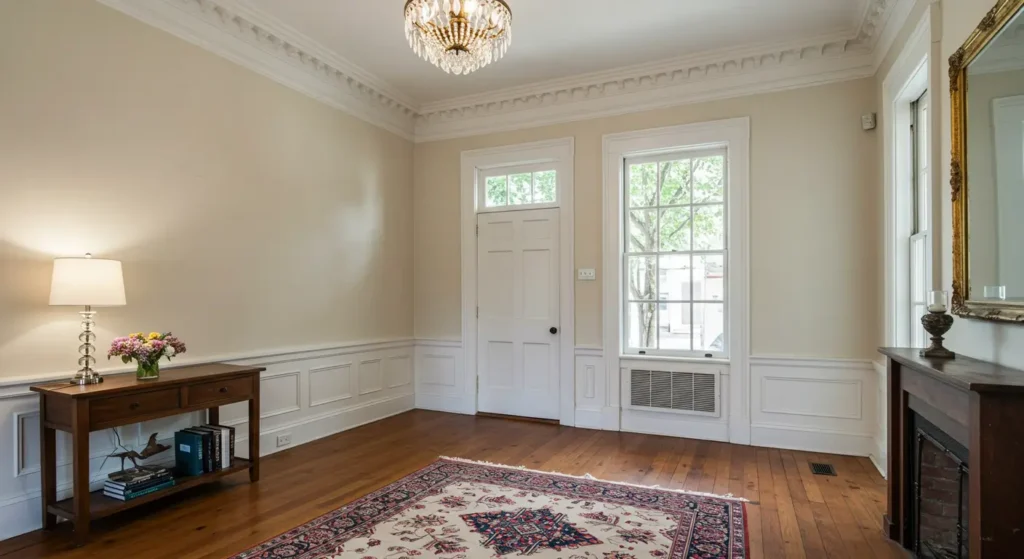
1. Why Is My House Still Humid Even When the AC Is Running?
This is hands down the most common complaint we hear, especially from homeowners who just moved here from drier climates. You set the thermostat to 72, the AC runs constantly, but your house still feels sticky and uncomfortable. You’re not imagining it – and you’re definitely not alone.
The problem is that most air conditioning systems are designed primarily for temperature control, not humidity removal. When outdoor humidity regularly hits 80-90% (which it does here about half the year), standard AC units struggle to pull enough moisture out of the air. What makes it worse is oversized systems that cool your space so quickly they shut off before running long enough to extract moisture.
Here’s what’s happening: Your AC needs time to dehumidify. When a system is too big for the space, it reaches your temperature setting quickly but doesn’t run long enough to remove humidity. The result? Cool, clammy air that feels uncomfortable even at the “right” temperature.
Solutions that actually work:
- Variable-speed systems that run longer at lower speeds
- Whole-house dehumidifiers that work independently of temperature
- Proper system sizing (which many homes don’t have)
- Enhanced ventilation to manage moisture sources
When we retrofit homes with proper humidity control systems, families are amazed at the difference. Suddenly 75 degrees feels comfortable, energy bills drop because you don’t need to overcool to feel decent, and that sticky feeling disappears.
The Department of Energy confirms that hot, humid climates require specialized approaches to moisture control – something many HVAC companies don’t fully understand or implement correctly.
2. How Do I Prepare My HVAC System for Hurricane Season?
Hurricane season keeps us all on edge, and your HVAC system needs attention both before and after storms. We’ve helped hundreds of families deal with storm-related HVAC issues, and proper preparation can save you thousands of dollars and weeks of discomfort.
Before the storm hits:
- Turn off your system at the electrical breaker before hurricane-force winds arrive
- Remove any loose debris from around your outdoor unit
- If you have time, secure outdoor units with hurricane straps (though this should be done annually, not last-minute)
- Pre-cool your home by setting the thermostat 2-3 degrees lower than normal
The most important rule: outdoor units must be properly anchored. Many homes have units sitting on concrete pads without proper tie-downs. During hurricane-force winds, these can shift or tip over, causing refrigerant line damage that’s expensive to repair.
After the storm passes:
- Never attempt to restart any equipment that was exposed to flooding
- Document all visible damage with photos before cleaning anything
- Have a professional inspect your system even if it looks fine – internal damage isn’t always visible
- Don’t attempt to operate generators with your AC system unless you have professional guidance
Storm damage vs. flood damage matters for insurance claims. Wind-driven rain entering through storm-damaged openings typically falls under homeowners insurance, while rising floodwater requires separate flood coverage. The CDC provides guidelines for dealing with flood-contaminated HVAC systems that highlight why professional assessment is critical.
We’ve seen too many homeowners try to restart flooded systems, only to cause additional damage that insurance won’t cover. When in doubt, call for professional assessment before attempting to operate any storm-affected equipment.
3. How Much Does a New HVAC System Cost in New Orleans?
Nobody likes talking about money, but HVAC system replacement is a major investment that most families need to plan for. Costs in New Orleans vary dramatically based on your home type, existing infrastructure, and the unique challenges of our climate and architecture.
Typical cost ranges:
- Standard replacement with existing ductwork: $7,500 – $15,000
- Historic homes requiring ductwork installation: $20,000 – $45,000
- Ductless mini-split systems: $4,500 – $6,500 per zone
- High-efficiency whole-house systems: $12,000 – $25,000
Why the huge variation? Historic New Orleans homes present unique challenges. A shotgun house with no existing ductwork requires either extensive renovation to install ducts (expensive) or alternative solutions like ductless systems (more affordable but different aesthetics).
The “$5,000 rule” helps with replacement decisions: multiply your system’s age by the estimated repair cost. If that number exceeds $5,000, replacement usually makes more financial sense than continued repairs.
Financing reality: Most families can’t write a check for $15,000, and we understand that. Many manufacturers offer financing options, and the energy savings from modern, efficient systems help offset monthly payments. A 16+ SEER system can save $100-200 monthly compared to an old 8-10 SEER unit during our long cooling season.
Historic home considerations: If you own a Creole cottage, Victorian double, or shotgun house, ductless mini-split systems often provide the best value. They respect your home’s architectural integrity while delivering modern comfort and efficiency.
For detailed pricing on your specific situation, contact us for a free consultation – we’ll assess your home and provide honest estimates without high-pressure sales tactics.
4. What Size HVAC System Do I Need for New Orleans Humidity?
System sizing is critical in our climate, but most homeowners receive systems that are incorrectly sized for Gulf Coast conditions. The old “rule of thumb” calculations don’t account for our extended cooling season, high humidity loads, or the architectural features common in New Orleans homes.
Why standard sizing doesn’t work here:
- We run cooling systems 8-9 months per year instead of the 4-6 months assumed in standard calculations
- Humidity adds 10-25% to the actual cooling load
- Historic homes with 10-12 foot ceilings need special consideration
- Thermal mass in old brick and wood construction affects cooling requirements
Proper sizing requires Manual J load calculations that factor in your home’s specific characteristics: square footage, ceiling height, window types, insulation levels, occupancy patterns, and local climate data. A 2,000-square-foot home might need anywhere from 3 to 5 tons of cooling depending on these factors.
The humidity factor is crucial. Your system needs enough capacity to handle peak cooling loads while still removing moisture during moderate weather. Systems running at 350 CFM per ton optimize humidity removal – higher airflow rates cool quickly but leave moisture behind.
Variable-speed systems work exceptionally well in our climate because they can run longer at lower speeds, extracting more moisture while maintaining comfort. Single-stage systems that run full-blast then shut off don’t provide adequate moisture removal for Gulf Coast conditions.
When we perform professional HVAC installation, proper sizing is our first priority. An oversized system wastes energy and leaves you humid. An undersized system runs constantly and can’t keep up with demand. Getting it right requires experience with our local conditions and proper engineering calculations, not guesswork.

5. How Often Should I Service My HVAC When It Runs Nearly Year-Round?
Most maintenance schedules assume your system gets a break during mild weather. In New Orleans, that “break” might last two weeks in December. Extended operation means more frequent maintenance than the standard twice-yearly recommendation.
New Orleans maintenance schedule:
- Filter changes: Monthly during peak season (June-September), quarterly during moderate weather
- Professional tune-ups: Twice yearly, despite year-round operation
- Condensate drain cleaning: Quarterly with bleach solution
- Coastal units: Monthly fresh water rinses to remove salt buildup
Why more frequent service matters: Systems running 8-9 months accumulate more dust, generate more condensation (breeding ground for algae and mold), and experience component wear that intermittent-use systems don’t face. Your condensate drain alone can produce 50+ gallons of water daily during peak summer – that’s a lot of moisture that needs proper drainage.
Seasonal focus areas:
- Spring service prepares for intense summer operation
- Fall service addresses wear from months of continuous running
- Hurricane season requires securing outdoor units and checking drainage systems
- Winter service handles any issues before the next cooling season starts
Warning signs that need immediate attention:
- Musty odors from vents (possible mold growth)
- Rising energy bills without usage changes
- Uneven cooling between rooms
- System short-cycling (running briefly then shutting off)
Our maintenance services are designed specifically for Gulf Coast operating conditions. We understand that your system works harder here than anywhere else in the country, and we maintain it accordingly.
Regular maintenance isn’t just about preventing breakdowns – it’s about maintaining efficiency when your system runs nearly year-round. A well-maintained system uses 10-15% less energy than a neglected one, which translates to real savings over our long cooling season.
6. Do I Need a Separate Dehumidifier If I Have Central Air?
For New Orleans, the answer is almost always yes. This surprises many homeowners who assume their central air should handle humidity, but standard AC systems only dehumidify while actively cooling. During mild weather when you don’t need cooling but still need moisture control, your AC won’t help.
How central air dehumidification actually works: When warm, humid air passes over your AC’s cold evaporator coil, moisture condenses and drains away. But this only happens when the system is cooling. During spring and fall when temperatures are comfortable but humidity is still high, your AC won’t run – leaving you with muggy indoor air.
Whole-house dehumidifiers solve this problem by working independently of temperature. They maintain 30-50% relative humidity regardless of whether your AC is running, preventing mold growth and making your home feel comfortable at higher temperatures.
Benefits beyond comfort:
- Prevent mold and mildew growth in humid conditions
- Allow you to set your thermostat 2-3 degrees higher while feeling cooler
- Protect wooden furniture, musical instruments, and other humidity-sensitive items
- Reduce dust mites and allergens that thrive in humid conditions
System integration: Modern whole-house dehumidifiers connect to your existing ductwork and can be controlled through your thermostat. When humidity rises above your set point, the dehumidifier runs automatically, circulating treated air throughout your home.
Capacity matters: These units can remove 70-150 pints of moisture daily – essential when outdoor humidity regularly exceeds 80%. The EPA recommends maintaining indoor humidity between 30-50% to prevent mold growth, which is nearly impossible with AC alone in our climate.
Our air quality specialists can assess your home’s specific humidity challenges and recommend properly sized dehumidification systems that integrate seamlessly with your existing HVAC equipment.
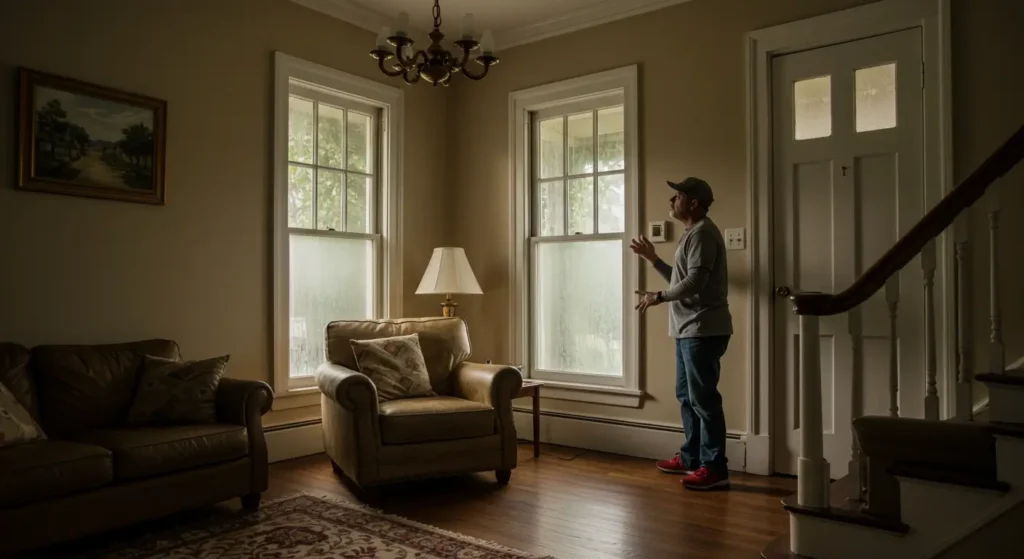
7. What’s the Best HVAC Solution for Historic Homes Without Ductwork?
New Orleans has 14 historic districts with thousands of protected properties, and cooling these homes presents unique challenges. Most were built long before air conditioning existed, with high ceilings, minimal insulation, and architectural features that make traditional ductwork installation difficult or impossible.
Ductless mini-split systems have emerged as the clear winner for historic preservation. Here’s why they work so well for our historic architecture:
Minimal structural impact: Mini-splits require only 3-inch penetrations for refrigerant lines, avoiding the extensive renovation necessary for traditional ductwork. Installing ducts in a shotgun house or Creole cottage can cost $20,000-45,000 and requires removing walls, ceilings, and architectural details.
Respect for architectural integrity: Historic District Landmarks Commission regulations require pre-approval for visible exterior modifications. Mini-split outdoor units can often be placed discreetly, and indoor units can be positioned to minimize visual impact on historic interiors.
Zone control advantages: Historic homes often have unique layouts with rooms that heat and cool differently. Mini-splits allow individual temperature control for each zone, something particularly valuable in houses with varying ceiling heights, orientations, and usage patterns.
Efficiency benefits: These systems achieve 15+ SEER ratings without the ductwork energy losses that plague retrofitted historic homes. No ducts mean no leakage, which can account for 20-30% of cooling energy in older homes with hastily installed ductwork.
Alternative solutions:
- High-velocity systems use 2-inch flexible ducts that can snake through existing wall cavities
- Window units remain viable for single rooms, though they impact architectural appearance
- Portable units provide temporary cooling but aren’t efficient long-term solutions
Preservation success story: We helped retrofit a 1850s Creole cottage in the French Quarter with a multi-zone mini-split system that maintains the home’s historic character while providing modern comfort. The homeowner can cool individual rooms as needed without the $35,000 cost of installing traditional ductwork.
When you’re dealing with a historic property, our ductless system specialists understand both HVAC requirements and preservation considerations. We work within Historic District guidelines to provide cooling solutions that respect your home’s architectural significance.
8. Why Does My AC Keep Freezing Up in Humid Weather?
Frozen evaporator coils seem impossible in our hot climate, but they’re actually more common here than in drier regions. High humidity contributes to freezing through several mechanisms that many homeowners don’t understand.
How humidity causes freezing:
- Dirty air filters restrict airflow below the critical 350 CFM per ton needed for proper operation
- Excessive moisture can overwhelm the system’s drainage capacity
- When drainage systems clog, ice can form as the system struggles to handle moisture loads
- Low refrigerant levels (often from small leaks) drop coil temperature below freezing
What you see: Ice formations on the indoor coil or refrigerant lines, reduced airflow from vents, and water damage from melting ice. The system may run continuously without cooling or shut down entirely if safety switches activate.
Immediate steps:
- Turn off cooling immediately, but keep the fan running to help thaw ice
- Check and replace air filters if they’re dirty
- Allow 24 hours for complete thawing before attempting to restart
- Never attempt to remove ice manually or speed thawing with heat sources
Prevention strategies:
- Monthly filter changes during heavy-use periods
- Annual professional maintenance to check refrigerant levels
- Keep return air vents clear of obstructions
- Ensure condensate drains are clear and flowing properly
When to call for service: If freezing recurs after addressing obvious causes like dirty filters, you likely have refrigerant leaks, airflow problems, or drainage issues that require professional diagnosis. Continuing to operate a system that repeatedly freezes can cause compressor damage that’s expensive to repair.
Cost considerations: Basic service calls for frozen coil diagnosis typically cost $150-300. If refrigerant leaks are discovered, repairs can range from $500-1500 depending on location and severity. However, ignoring the problem often leads to compressor failure, which can cost $2,000-4,000 to replace.
Our repair technicians have extensive experience with freezing issues caused by Gulf Coast humidity and can quickly identify whether you’re dealing with simple maintenance issues or more serious system problems.
9. How Do I Prevent Mold in My HVAC System?
Post-Katrina awareness makes mold prevention a top priority for New Orleans families. The combination of darkness, moisture, and organic material in HVAC systems creates ideal conditions for mold growth, which can then be circulated throughout your home every time the system runs.
Why mold loves HVAC systems:
- Dark ductwork provides ideal growing conditions
- Condensation from cooling creates constant moisture
- Dust and debris provide organic material for mold to feed on
- Air circulation spreads spores throughout your home
Prevention strategies:
- Maintain indoor humidity below 60% year-round
- Change filters monthly during peak season to prevent dust buildup
- Clean condensate drains quarterly with bleach solution
- Schedule annual duct inspections for visible mold growth
- Consider UV light installation in air handlers to kill spores
Warning signs of mold contamination:
- Musty odors when the system runs
- Black spots around air returns or supply vents
- Increased allergy symptoms when at home
- Visible mold growth on accessible ductwork or equipment
Professional remediation: Extensive mold contamination requires professional cleaning with HEPA vacuuming and antimicrobial treatment. Costs typically range $500-2,000 depending on contamination extent and accessibility. The CDC provides specific guidelines for cleaning mold-contaminated HVAC systems that emphasize safety procedures.
UV light prevention: Many contractors now offer preventive UV light installation in air handlers. These systems cost $400-800 but provide continuous protection against mold and bacteria growth. UV lights work 24/7 to sterilize air passing through your system, preventing mold establishment rather than just treating it after growth occurs.
Maintenance approach: Regular professional maintenance should include visual mold inspection and preventive cleaning. Our air quality services include mold prevention strategies specifically designed for New Orleans’ challenging humidity conditions.
10. What Happens to My HVAC If Flooding Occurs During a Hurricane?
This is the question nobody wants to ask but everyone needs to understand. Flooding can destroy HVAC systems in ways that aren’t immediately obvious, and attempting to operate flood-damaged equipment creates serious safety hazards.
The absolute rule: never operate flood-exposed equipment without professional inspection. Even brief submersion can compromise electrical components, contaminate ductwork, and create conditions that lead to fire, electrocution, or health hazards from contaminated air circulation.
Why flooding is so destructive:
- Floodwater contains sewage, chemicals, and debris that contaminate systems
- Saltwater accelerates corrosion even after equipment appears dry
- Electrical components may appear functional but have compromised insulation
- Insulation materials can harbor bacteria and mold after water exposure
Immediate response steps:
- Turn off all electrical power to HVAC equipment at the main breaker
- Document all damage with photographs before cleaning or moving anything
- Do not attempt to operate any equipment that was submerged or water-damaged
- Contact your insurance company immediately to report damage
Insurance considerations:
- Wind damage vs. flood damage affects coverage significantly
- Standard homeowners insurance typically covers wind-driven rain damage
- Rising floodwater damage requires separate flood insurance
- Document the difference between wind and flood damage with photos
Elevation requirements: FEMA guidelines mandate elevating mechanical equipment at least one foot above Base Flood Elevation in designated flood zones. This requirement costs $2,000-4,000 but prevents total system loss during storm surge events.
Professional assessment: Even systems that appear undamaged after flooding require thorough inspection. Hidden contamination, compromised wiring, and damaged components may not be immediately apparent but can cause failures weeks or months later.
Recovery process: Professional flood remediation for HVAC systems includes complete system evaluation, contaminated component replacement, ductwork cleaning and disinfection, and electrical safety testing. Costs range $2,000-10,000 depending on the extent of contamination, but attempting shortcuts risks family safety and future system reliability.
When storm recovery begins, our emergency services include flood damage assessment and system restoration. We work with insurance adjusters and follow FEMA guidelines to ensure your family’s safety while restoring comfort as quickly as possible.
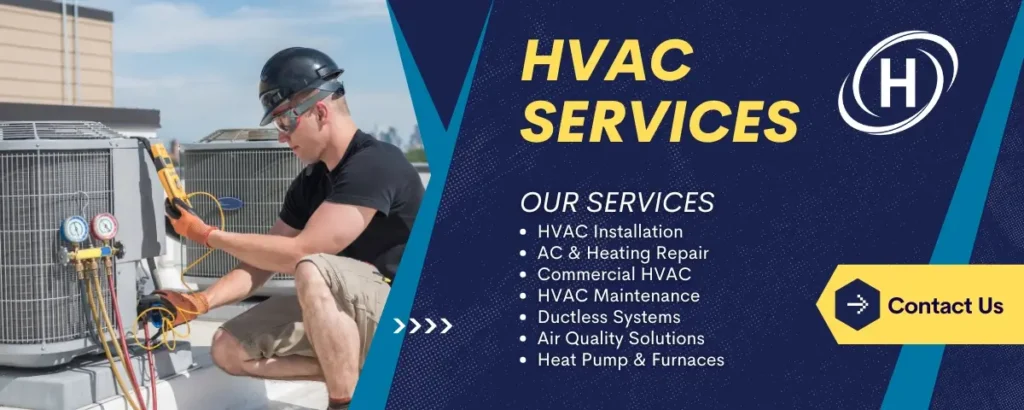
Ready to Get Real Answers to Your HVAC Questions?
These ten questions represent the real concerns of New Orleans families dealing with one of the most challenging residential climates in America. From humidity that won’t quit to hurricanes that can destroy systems overnight, Gulf Coast living demands HVAC solutions that go far beyond standard cooling approaches.
At Hagerman Services, we’ve built our business around understanding these unique challenges and providing honest, practical solutions. When you call us with HVAC questions, you’re not getting generic answers from a call center – you’re getting advice from technicians who live here, work here, and deal with the same climate challenges you face.
Whether you’re frustrated with a system that can’t control humidity, worried about storm preparation, or trying to cool a historic home that wasn’t designed for modern comfort, we have the experience and expertise to help. We’ve seen it all, fixed it all, and replaced it all in every type of home New Orleans has to offer.
Ready for honest answers and reliable solutions? Call Hagerman Services at (504) 314-1486 or contact us online to discuss your specific HVAC challenges. We provide free consultations, honest assessments, and solutions designed to work in our unique climate.
Because in New Orleans, your HVAC questions deserve answers from people who truly understand what you’re dealing with.
